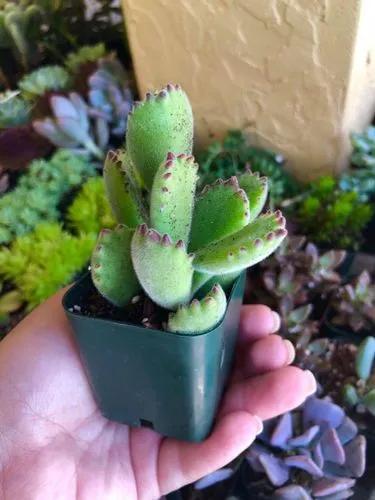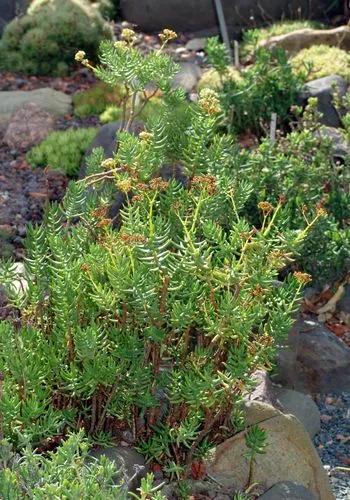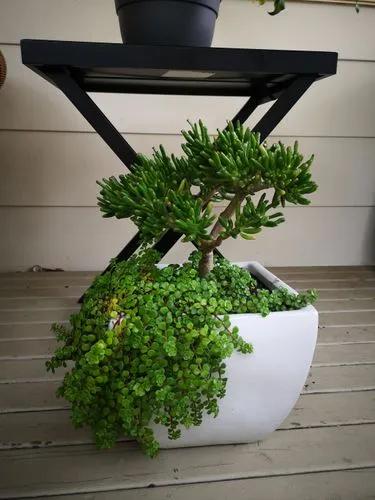Haworthia coarctata, also known as Crowded Haworthia, has thick, triangular-shaped leaves with white stripes and a deep green tint. It belongs to the group of Haworthiopsis species that are frequently grown for their ornamental qualities. Both indoor and outdoor growers love to use this lovely succulent.
Haworthia coarctata Care
Haworthia coarctata



Haworthia coarctata is a small, slow-growing succulent native to South Africa. This plant derives its scientific name from the family name Asphodelaceae and the species name coarctata, which means “compressed”, referring to the plant's tightly packed, flat leaves.
This succulent can store water in the leaves, making it a drought-tolerant plant that can go for long periods without watering.
To identify it, look for a small, stemless rosette of fleshy, green leaves with raised white or transparent bumps or "windows." The leaves are typically no more than 3 inches (8cm) long and have a rough, textured surface. The plant may also produce small, white flowers on a thin stalk.
How to Care for the Plant

Water

This plant is drought-tolerant. It does not require frequent watering, so make sure the soil is completely dry before hydration.

Pruning

Pruning this plant is unnecessary because it grows slowly and does not require cutting to keep its shape. If you find any damaged or diseased leaves, gently remove them with a clean, sharp blade.

Fertilizer

It is not necessary to fertilize your plant. If you want to give it an extra boost, use a succulent-specific fertilizer.

Sunlight

This succulent plant prefers bright, indirect sunlight. Make sure to avoid putting it under full sun. Although this plant can tolerate some direct sunlight, too much of it can cause the leaves to burn or turn brown.

Soil

This succulent grows best in well-draining soil that allows excess water to flow out easily. Use a special substrate from your local garden store or make it on your own, combining equal parts of perlite and coarse sand. It's also a good idea to add a layer of gravel or rocks to the bottom.

Propagation

This succulent can be propagated by leaf or offset cutting. To propagate by leaf cutting, gently twist a healthy leaf off the plant and allow it to be callous over for a few days before planting it in well-draining soil. To propagate by offset cutting, gently remove one of the small offsets or "pups" that grow from the base of the plant and plant it in well-draining soil.

Temperature

Crowded Haworthia is a low-maintenance plant that can thrive in a wide range of temperatures. It prefers a climate between 77-90˚F(24-32°C) and can tolerate brief periods of cooler 50°F (10°C) or warmer 95°F (35°C) temperatures.

Container

Crowded Haworthia grows well in pots or planters, preferably made of natural materials like terra cotta, glass, or ceramic, as they ensure proper root aeration. Choose a container with drainage holes to allow excess water to drain.

Fun fact

The leaves of this plant are arranged in a spiral pattern, which allows them to absorb sunlight efficiently without shading each other.

Popularity

3,011 people already have this plant 800 people have added this plant to their wishlists
Discover more plants with the list below
Popular articles






